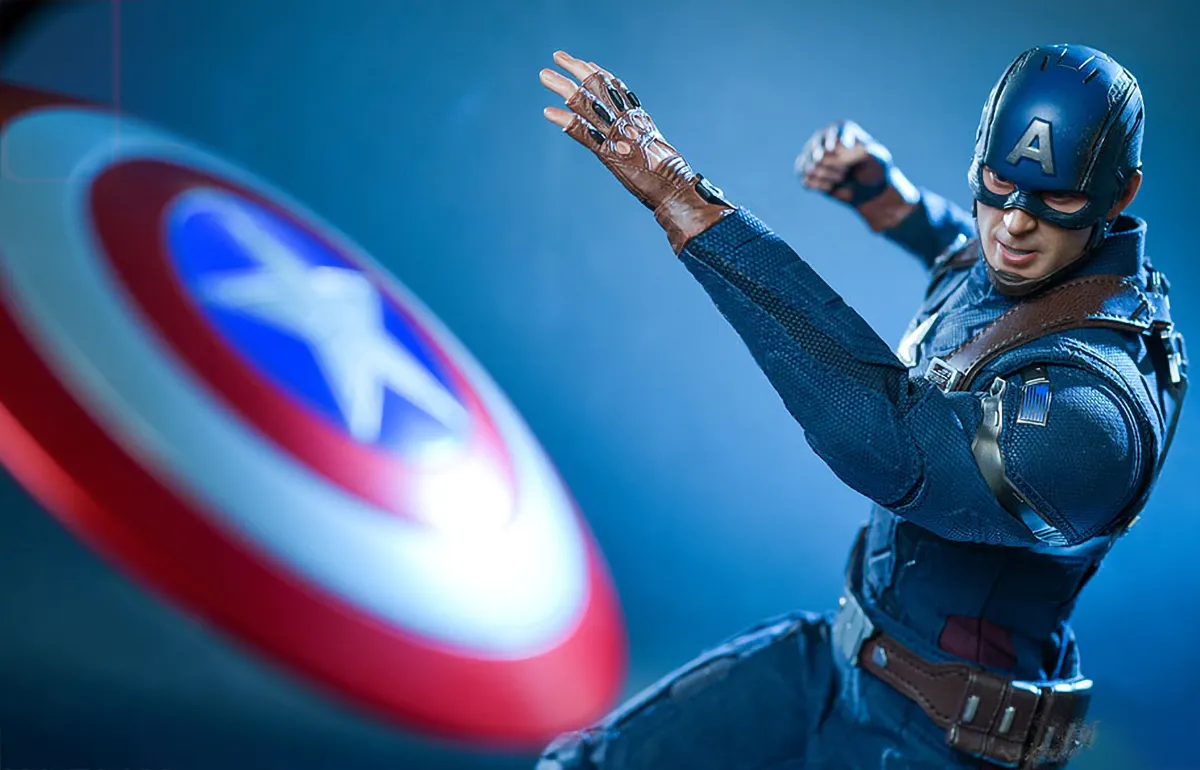Marvel action figures have captured the imagination of kids and adult collectors for decades. Inspired by Stan Lee’s immortal heroes, these figures tribute some of the most iconic characters in comic book history. This article will trace their evolution over the years, from the beginnings to the stunning high-end collectibles we cherish today.
Before Marvel action figures, there was Marvel Comics. Founded in 1939 as Timely Publications, the Company redefined the superhero genre, revolutionizing comic storytelling and depth to the stories. Over the years, Marvel characters have became a cornerstone of pop culture, inspiring films, TV shows, and, of course, toys. To this extent, they have set the stage for the mania that has captivated generations of collectors.
Let’s see how they have evolved!
Contents
- Mego and the Birth of Marvel Action Figures
- The “Secret Wars” Action Figures of the 1980s
- From Marvel Super Heroes to Marvel Legends: The ToyBiz Era
- Transition to Hasbro: Challenges and Revival of the New Marvel Action Figures
- Collaborations and Global Impact
- Marvel Action Figures in Modern Days
- Conclusions
Mego and the Birth of Marvel Action Figures
The journey of Marvel figures began in 1971, when Mego Corporation released “World’s Greatest Super Heroes”. The line included Spider-Man, Hulk, Captain America, Falcon, Green Goblin, Mr. Fantastic, Human Torch, Invisible Girl, Thing, Lizard, Iron Man, and Thor. These 8-inch tall figures marked a significant shift in the toy industry. In fact, with their doll-like design they laid the groundwork for the future approach to collectibles. Unfortunately, with the Company going out of business in less than a decade, the line was dismissed.
The “Secret Wars” Action Figures of the 1980s
In the 1980s, Marvel’s “Secret Wars” was more than just a landmark comic book event. In fact, in 1984-1985 the saga inspired a collaboration with Mattel Inc, resulting in a new line of figures and playsets. The project also introduced new designs like Spiderman’s black suit and Iron Man’s hi-tech armor. Mattel’s figures were 41⁄2 inches tall (11 cm) and featured a plastic shield with a lenticular image. This accessory showcased either the character’s costumed or secret identities. The figures came sealed in a bubble-card pack, which included a short 4-panel comic.
From Marvel Super Heroes to Marvel Legends: The ToyBiz Era
At the beginning of the 1990s, Toy Biz launched “Marvel: Super Heroes”, a new line of action figures which aimed at becoming the reference for Marvel inspired action figures. Like the major toy line of that period, the new figures were 5-inch tall and included special features and accessories. The line success was also supported by a number of successful cartoon series, which provided new backstories. Over the decade, the line’s success led to numerous spin off projects, until the entire catalogue was eventually reframed under the Legends brand in the early 2000s.
Marvel Legends marked a change of direction, with a more collector-oriented approach. In fact, these figures stood out for their detailed sculpting and multiple points of articulation. They also featured a Build-a-Figure concept, which allowed collectors to assemble a larger figure by purchasing multiple individual figures. The most notable examples were Giant-Man and Galactus.
Transition to Hasbro: Challenges and Revival of the New Marvel Action Figures
In 2007, Hasbro took over the production of Marvel action figures. The transition was challenging, and the final ToyBiz series was discontinued, with smaller and mixed quality figures. For example, figures like Ultimate Iron Man and Thor had decent sculpts but lacked the articulation fans had come to expect. It took some time before Hasbro eventually revitalized the Marvel Legends line, improving both the quality and variety of figures.
To this extent, the Iron Man movie opened the way to a new generation of figures, inspired by the Marvel Cinematic Universe and widely appreciated by collectors. Still today, Hasbro’s Marvel Legends continue to innovate with premium figures and exclusive sets, featuring characters from both classic and modern stories.
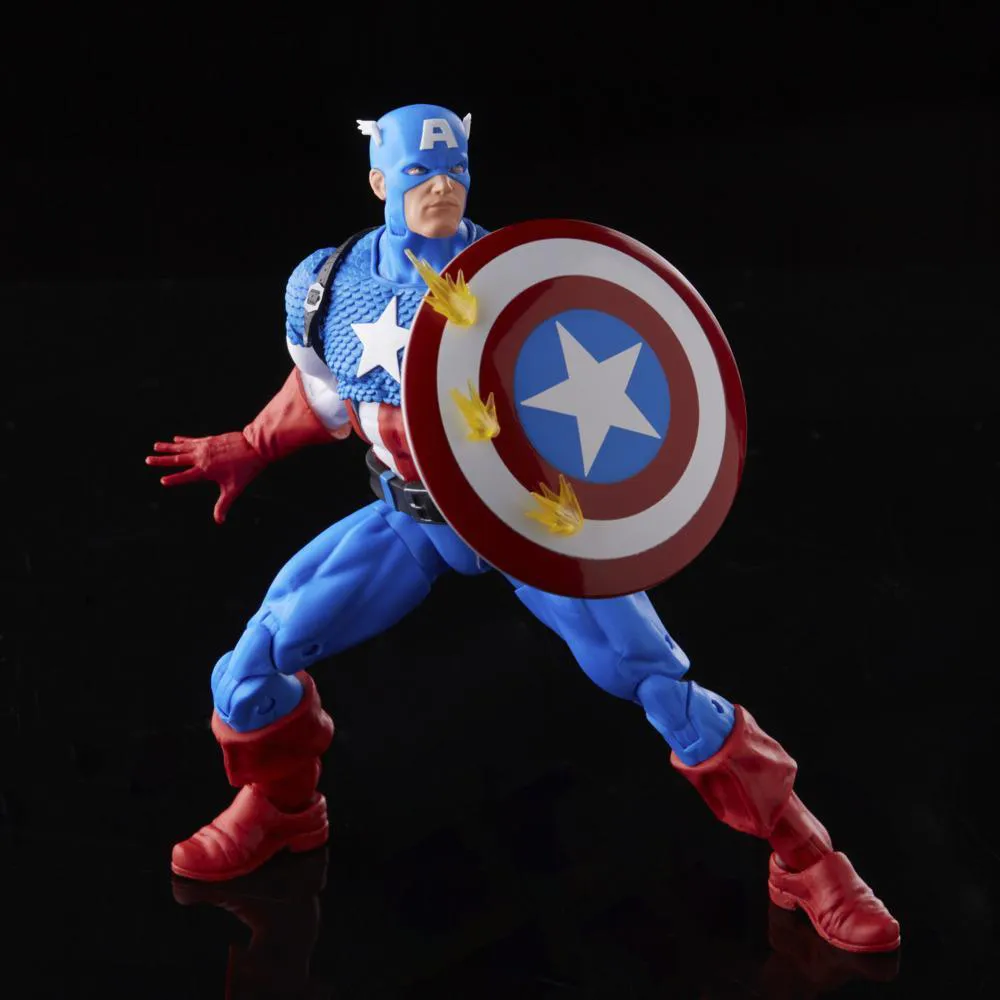
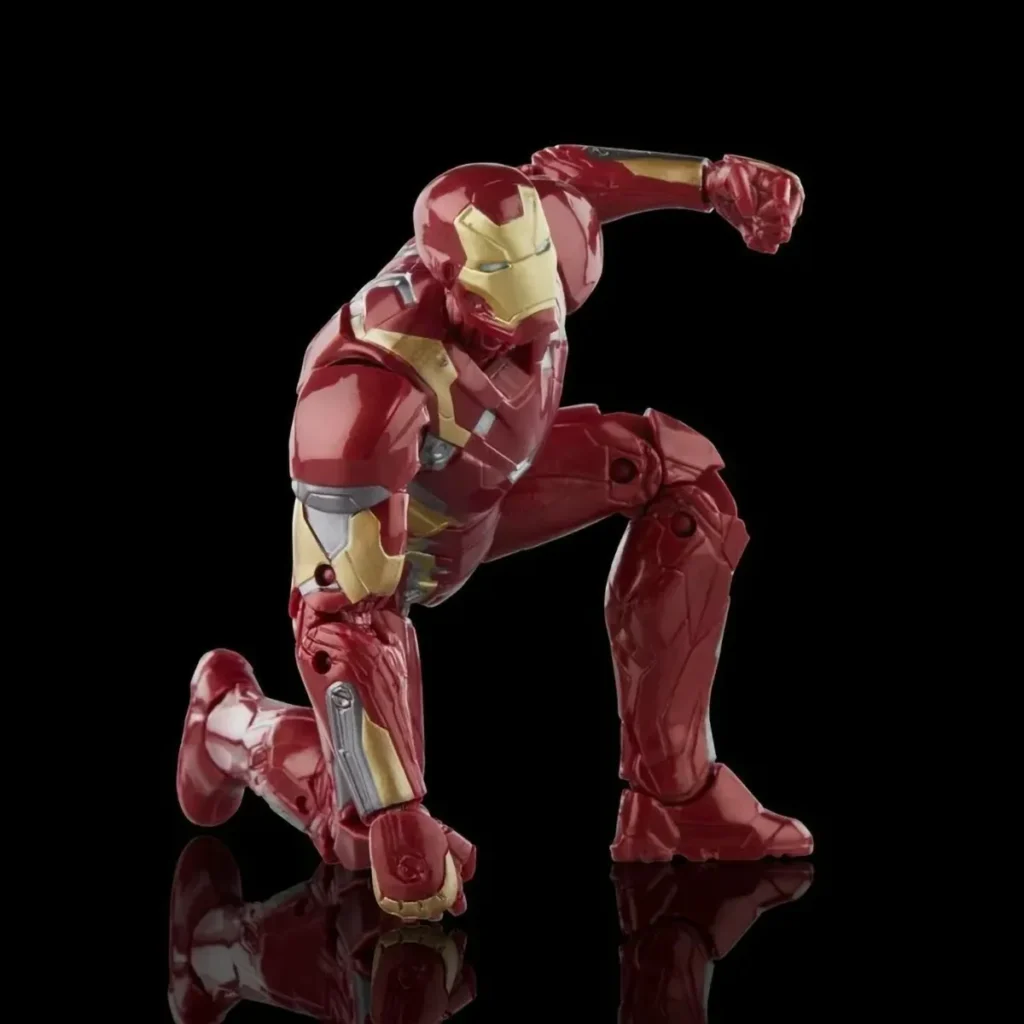
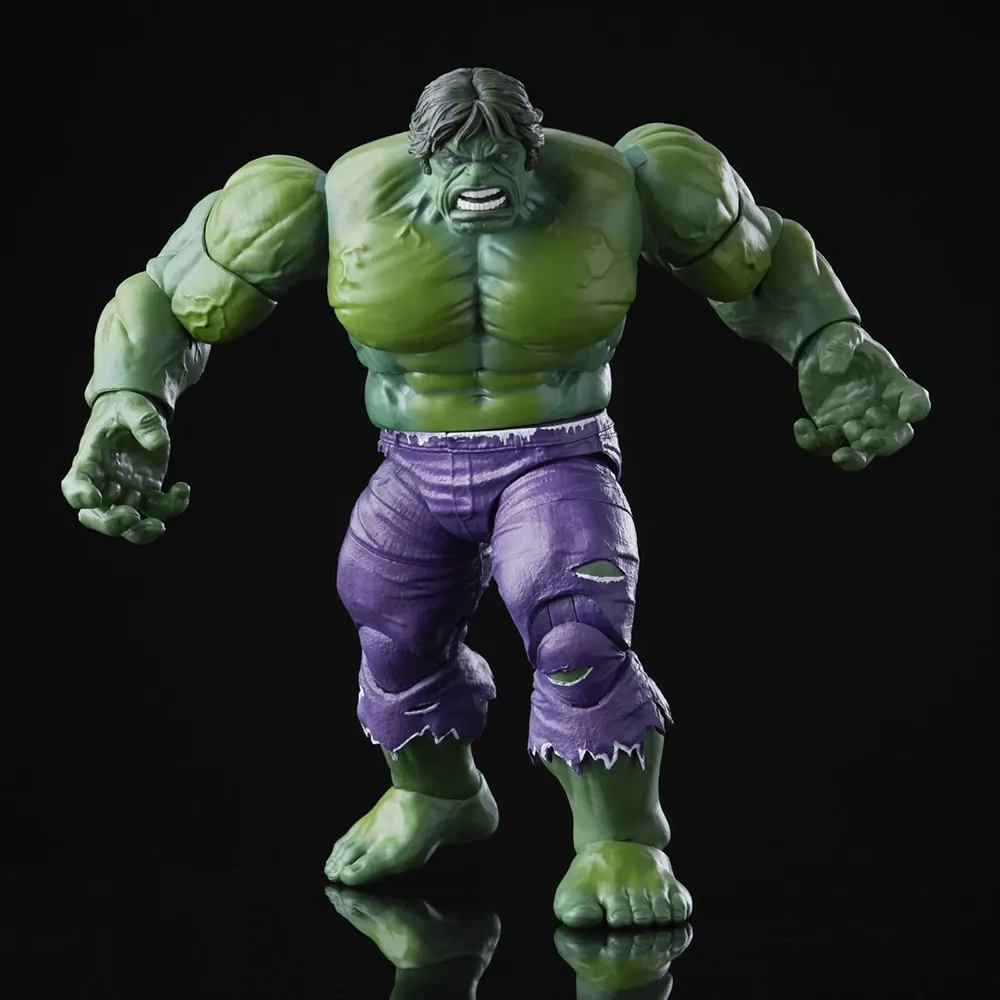
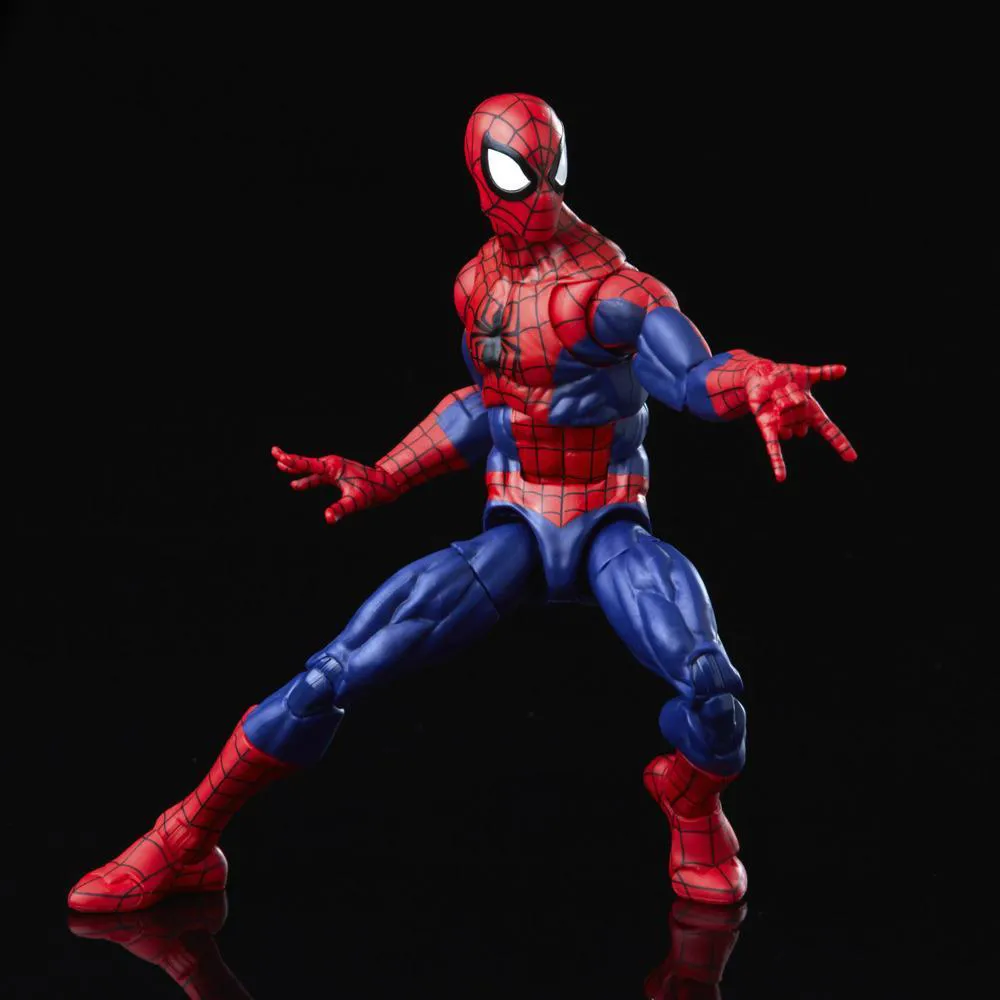
Collaborations and Global Impact
Marvel action figures have inspired may collaborations with top toy brands, which have expanded their reach globally. Funko, for example, has brought a playful twist with its vinyl Funko Pop! figures, which have become a staple for collectors worldwide. On the same path, LEGO has reimagined Marvel heroes in brick form, allowing fans to build and play out their favorite scenes. Also Diamond Select Toys and McFarlane Toys have added high-quality, collectible figures and statues that appeal to adult collectors.

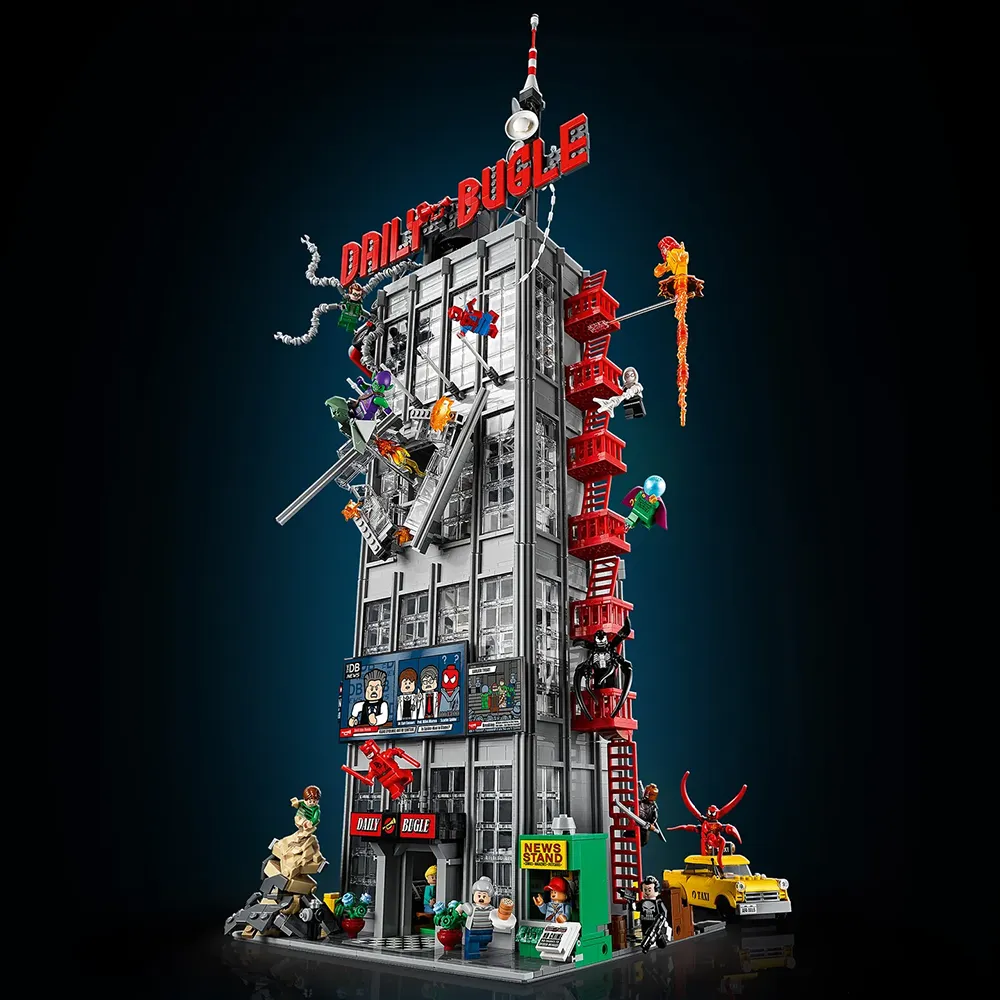
In Europe, brands like Playmobil and Schleich have also made their mark, creating unique Marvel-themed sets and figures. These collaborations have broadened the Marvel Universe and also transformed these action figures into collectibles for fans of all ages.
Marvel Action Figures in Modern Days
Recent years have seen a surge in high-end Marvel action figures for adult collectors. Companies like Hot Toys have revolutionized the market with hyper-realistic figures. Premium collectible brands like Sideshow Collectibles, Iron Studios, Mezco’s One:12 Collective also produce limited-edition items which are highly sought after for their craftsmanship and display value.
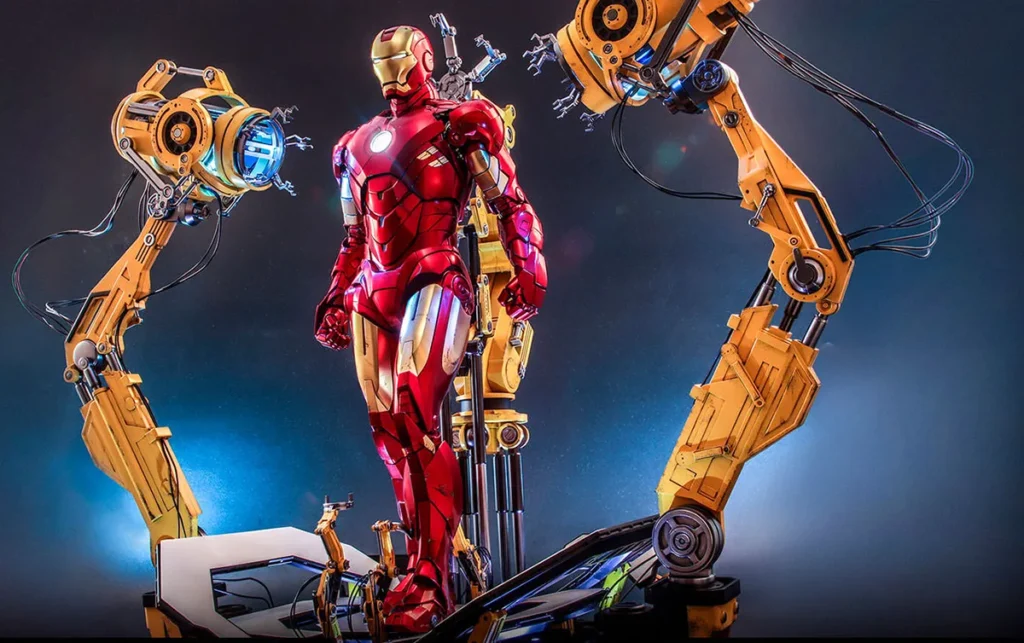
These figures are more than toys. In fact, they are art pieces, each telling a story and embodying the evolution of Marvel’s impact on pop culture. This shift towards premium-quality shows that the love for Marvel heroes isn’t just for kids.
Conclusions
Marvel action figures have come a long way since their origins. From Mego’s early releases to today’s high-end collectibles, these figures reflect the evolving tastes of fans and the ongoing innovation in the toy industry. Whether you’re a casual fan or a serious collector, Marvel action figures offer a tangible connection to a universe that continues to captivate and inspire.
